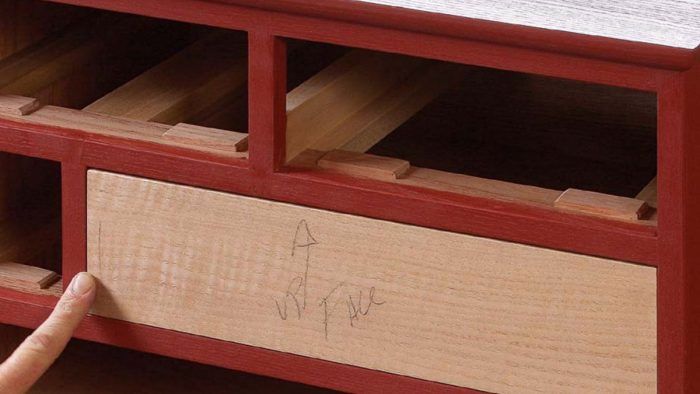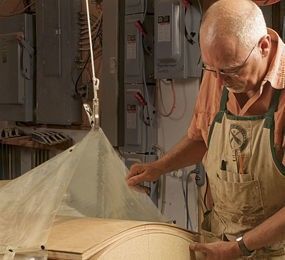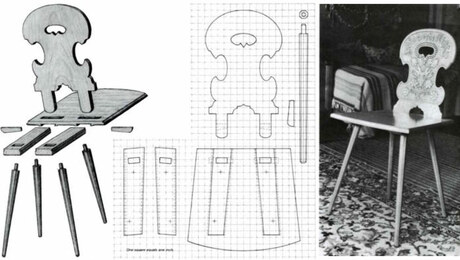
It could be said I got my start in woodworking when I took my first class at the Center for Furniture Craftsmanship in 1997. But the truth of it is I got bitten by the woodworking bug when I was in middle school and high school woodshop. I remember it being really the only place in school that made sense to me. I remember my shop teacher saying to me “Mr. Rousseau if all my students were like you I’d have a much easier life.” I loved it down there in those school shops. That’s where it all started for me.
I suppose that has led to the question that I ask all my students on the first day of class in our first meeting at the Center for Furniture Craftsmanship. “What is it about woodworking/furniture making that interests you? Or in other words what are you doing here?”
Their answers are as varied as the students. Surprisingly, many have no clear answer why they came, they’re just looking for something real to do and this craft resonates with them. A few have a really good idea why they came and what the world of fine craftsmanship is about, but usually each person only has a piece of this woodworking puzzle that they have been drawn too.
That piece could be the desire to design objects. It might be an interest in one of the infinite different ways to make those objects. It could be that they love tools, or are interested in having a work/shop space of their own to work in. It could be the desire to make a living being a professional woodworker. It could be the result of another woodworker’s influence on them at some point in their lives. Sometimes it’s a combination of these things.
As the years have gone on it’s become the thing that I’ve become most interested in finding out about my students. What brings someone to study this vast craft of furniture making in this day and age?
Once I find out what interests a student I can get them pointed where they might want to go. Often that pointing involves bringing them to the school library to show them some articles that have been written about exactly what they’re thinking. (it isn’t called The Fine Woodworking library for nothing) Having the immense resources of the Fine Woodworking library 50 steps away is fantastic, but the truth is one of the great things of our modern age is that we all have access to the FWW library no matter where we are. These are just a few of the articles I have drawn on for myself and my students over the years. There are so many more great ones. I have to imagine that the lessons and inspiration in these pages have moved thousands of woodworkers into their shops to create.
Tim Rousseau
 |
Tall ChestsThe art of proportioning Timothy Philbrick Issue 9, Winter 1977; pp. 39-43 (From the archive, log in before clicking to view) |
 |
On Designing ChairsHow to develop ideas into working drawings Alan Marks Issue 31, Nov/Dec 1981; pp: 56-59 |
 |
On Making Chairs ComfortableHow to fit the seat to the sitter Alan Marks Issue 32, Jan/Feb 1982; pp: 80-83 |
 |
On Pleasing the EyeThe visual language of chair design Alan Marks Issue 34, May/June 1982; pp. 80-83 |
 |
Curved Panels Made EasyWith a vacuum press and 7 tricks, beautiful panels are in the bag Michael Fortune Issue 210 Jan/Feb 2010; pp. 69-75 |
 |
How to Build Perfect DrawersTime-tested tips for making drawers that slide smoothly Gerald Curry Issue 242 Sept/Oct 2014; pp. 42-49 |
 |
How to Engineer a Chest of DrawersHow to build a case that will stay square and stable through the seasons Gerald Curry How to build a case that will stay square and stable through the seasons |



















Comments
I've bought old books on furniture of various periods in American history as well as English. There are many other influences in these styles from other parts of the world but my primary interest is Western historical pieces. The study of furniture from a 30,000 foot view is as valuable as knowing how to make a good dovetail joint.
Log in or create an account to post a comment.
Sign up Log in